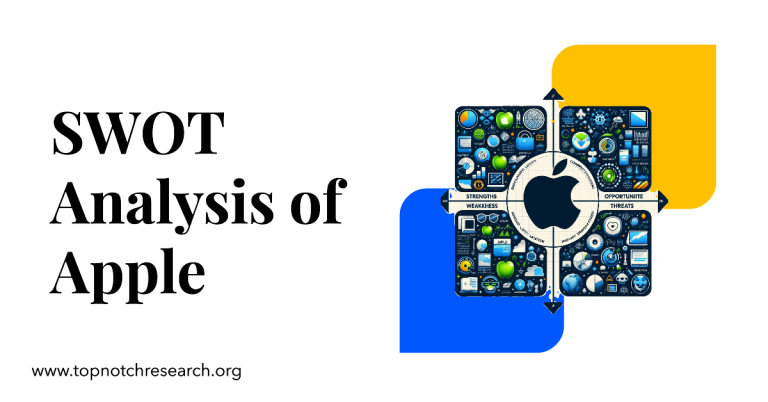Financial Performance: Apple’s financials continue to be robust. As of the latest available data, their revenue for the fiscal year 2023 reached approximately $365 billion, with a net income of around $85 billion. These impressive figures reflect their strong market position and consumer demand.
Market Share and Sales: Apple maintains a significant share of the global smartphone market. In 2023, they held approximately 15% of the market, making them one of the top players. iPhone sales remain strong, with the latest models driving demand. The iPhone 14 series, released in 2023, saw record-breaking sales in its first quarter.
Services Revenue: Apple’s services segment continues to grow. In 2023, their services revenue exceeded $70 billion, fueled by subscriptions to Apple Music, iCloud, and the App Store.
Ecosystem Synergy: Apple’s ecosystem integration remains a key strength. The seamless connection between devices (iPhone, iPad, Mac, Apple Watch) and services (iCloud, Apple Music, Apple Pay) enhances user experience and loyalty.
Research and Development (R&D): Apple invests significantly in R&D to drive innovation. In 2023, their R&D spending reached $20 billion, ensuring a pipeline of new products and technologies.
Environmental Initiatives: Apple continues to prioritize sustainability. They aim to achieve carbon neutrality across their entire supply chain by 2030. Their commitment to renewable energy and recycling programs resonates with environmentally conscious consumers.
Weaknesses of Apple
Expensive Products and Services: Apple is known for its high-quality products, but they come at a cost that is often more expensive than most competitors. iPhones, Macs, iPads, and other hardware items like AirPods and the Apple Watch are particularly pricey compared to similar options with similar features1.
Overreliance on iPhone Revenue: Apple’s financial success heavily depends on iPhone sales. While iPhones continue to be popular, diversifying revenue streams beyond this single product line is crucial for long-term sustainability.
Declining Global Smartphone Market Share: Despite being a dominant player, Apple faces challenges in maintaining its global smartphone market share. Intense competition from Android devices and emerging markets impact their growth.
Few Successful Product Innovations in Recent Years: While Apple has a history of groundbreaking innovations (e.g., iPod, iPhone), some critics argue that recent product launches lack the same level of innovation. The company needs to continue pushing boundaries to stay ahead.
Opportunities of Apple
Foldable Devices: Apple has been rumored to be working on a foldable iPad for 2024. If successful, this could open up a new category of devices and attract consumers looking for innovative form factors.
Market Cap Growth: Technical analysis suggests that Apple’s stock is set for a significant upswing in 2024, potentially reaching a $4 trillion market cap. Positive price action and solid technical indicators support this outlook.
Product Line Revamps: Apple is expected to revamp its iPad lineup in 2024. New features, improved performance, and design enhancements could attract both existing and new customers.
Continued Innovation: Apple’s commitment to research and development provides ongoing opportunities. Whether it’s advancements in hardware, software, or services, innovation remains a key driver for growth.
Global Expansion: Apple can continue expanding its presence in emerging markets, especially in countries with growing middle-class populations. Tailoring products and services to local needs can drive adoption.
Sustainability Initiatives: As environmental awareness grows, Apple can capitalize on its commitment to sustainability. Investing in renewable energy, recycling programs, and eco-friendly practices can resonate with conscious consumers
Threats of Apple
Sales Problems in China: Apple’s biggest challenge lies in addressing the Chinese market, which is the world’s second-largest economy. Intense competition from local brands like Huawei and Xiaomi has impacted iPhone sales in China. The recent drop in sales and pressure from rivals pose a significant threat.
Patent Lawsuits in the US: Apple faces ongoing legal battles related to patents and intellectual property. These lawsuits can result in financial penalties, damage to brand reputation, and restrictions on product features.
Generative AI Gap: Microsoft’s early investments in generative artificial intelligence (AI) have given them an edge. Apple needs to catch up in this field to remain competitive and maintain its technological leadership.
Market Saturation and Commodity Perception: The smartphone market is saturated, and iPhones are sometimes perceived as commodities. Apple must continue to innovate and differentiate its products to avoid becoming just another smartphone manufacturer.
International Economic and Political Risk: Apple’s global operations expose it to economic fluctuations, trade tensions, and geopolitical risks. Changes in regulations, tariffs, or political instability can impact supply chains and sales.
Cybersecurity Threats: As a tech giant, Apple is a prime target for cyber threats. Zero-day vulnerabilities, phishing attacks, and data breaches pose risks to user privacy, brand reputation, and financial stability

